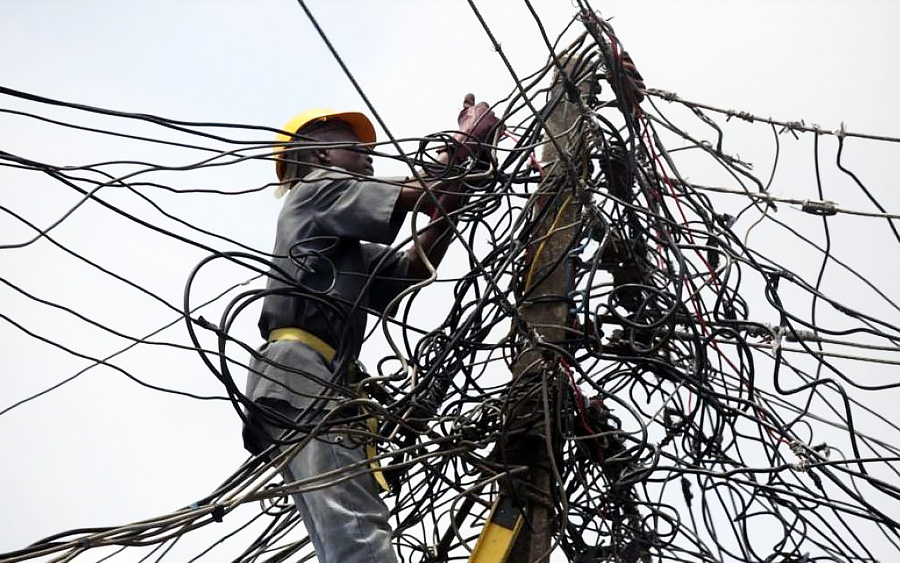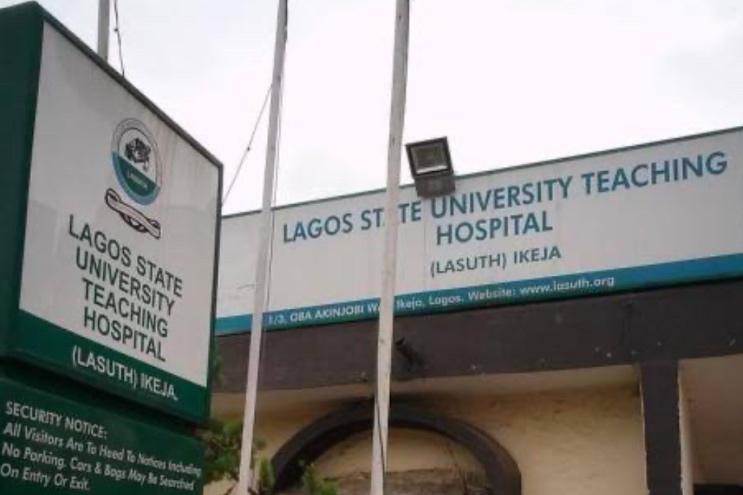Nigerians woke up to the news of the hike in electricity prices on April 3, with many ruing the news amid the increasing cost of living in the country.
Vice Chairman of the Nigerian Electricity Regulatory Commission (NERC), Musiliu Oseni, announced that the commission has approved an increase of electricity tariff to N225 ($0.15) per kilowatt-hour from N68, which took effect from April 1, 2024.
The NERC indicated that a total of 1,974,385 electricity consumers would be affected by its recent hike
“The commission has approved a rate review of 225 naira per kilowatt hour from a maximum of 68 naira per kilowatt hour. This hike in tariff is for just under 15% of the customer population in the Nigerian electricity supply industry,” Oseni said.
@ikejarecord Is your area still experiencing the blackout? Let us know in the comment section! #poweroutageinLagos #lagostiktok
Who are the 15% to be affected?
There are five different Bands of electricity consumers in Nigeria. Nigeria has 12 million electricity consumers, who have been broken into five categories – Bands A, B, C, D, and E.
Customers under Band A enjoy the optimum power supply of 20 to 24 hours of electricity supply per day, while those in Band B receive 16 to 20 hours across the country.
Band C customers are the mid-ranger with 12 – 16 hours of power supply. Band D customers enjoy eight to 12 hours of electricity, while Band E are those in the lower end of the chain with four to eight hours of supply.
Removal of electricity subsidy
With the new order issued by NERC, Band A would no longer enjoy Federal Government subsidy on electricity. Band A customers’ bill was increased by 230 percent from N68 per kilowatt hour to N225/kWh.
Also, some customers in Band A have been downgraded to B because they still need to receive the required hours of electricity from the distribution company.
“We currently have over 800 feeders that are categorised as Band A, but it will now be reduced to under 500. This means that 17% of the feeder now qualifies as Band A.
“The commission using technology discovered that many of the feeders that the Electricity Distribution Companies (DisCos) currently brandish as Band A are not meeting the required service and as such, the feeders were ordered to be downgraded immediately as a way of protecting consumers,” Oseni stressed.


